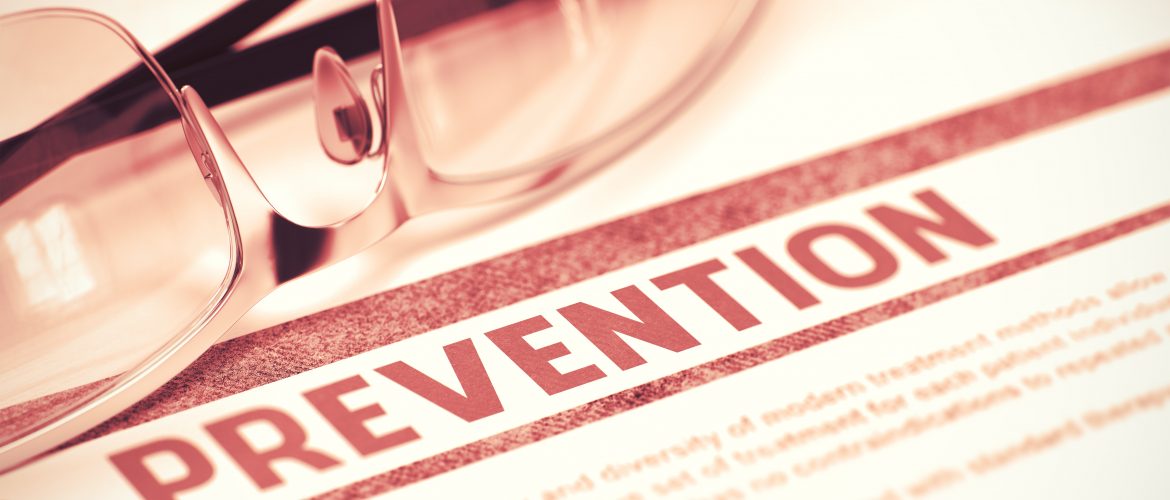When a recent storm caused a power outage in a Pennsylvania nursing home, families of residents expressed concern about the readiness of the facility to deal with the emergency. The granddaughter of a resident on hospice care who relies on oxygen described the situation as somewhat chaotic with nurses running electrical cords through the facility’s hallways trying to hook-up residents’ oxygen machines and beds.
According to the granddaughter, it was pitch black in the facility, there were no red emergency medical outlets in the residents’ rooms, and no emergency security lights in the rooms or in the hallways.
The facility responded to inquiries with an email claiming its three generators came on immediately and operated throughout the power outage to provide power to the facility’s central heating system, the domestic water system, emergency lighting throughout the building, emergency electrical outlets, administrative telephone system, door security system, fire alarm system, nurse call system phones, and wireless devices. The facility reported that it has an extensive security camera system that operated and shows clearly that all the emergency lights were on in the building. The facility claims that any allegation that the building was without lights during the power outage is erroneous.
The nursing home also indicated that it has an extensive emergency preparedness policy and procedure as required under federal and state law.
A reporter requested to view the surveillance video from the facility’s cameras recorded during the outage but received no response from the nursing home.
Compliance Perspective
Failure to provide emergency medical outlets and emergency security lights in residents’ rooms and facility hallways during a power outage may indicate the absence of an effective emergency preparedness plan in violation of federal and state requirements, and might be considered substandard quality of care with potential for immediate jeopardy and fraudulent behavior.
Discussion Points:
- Review policies and procedures for the facility’s Emergency Preparedness Plan pertaining to power outages.
- Train staff on the facility’s Emergency Preparedness Plan’s protocols for responding to power outages and ensuring that emergency medical outlets and emergency security lights are accessible and functioning in residents’ rooms and the hallways.
- Periodically schedule mock power outage drills to ensure that emergency power equipment is functioning, and that staff are able to access emergency medical outlets quickly and efficiently.













































































